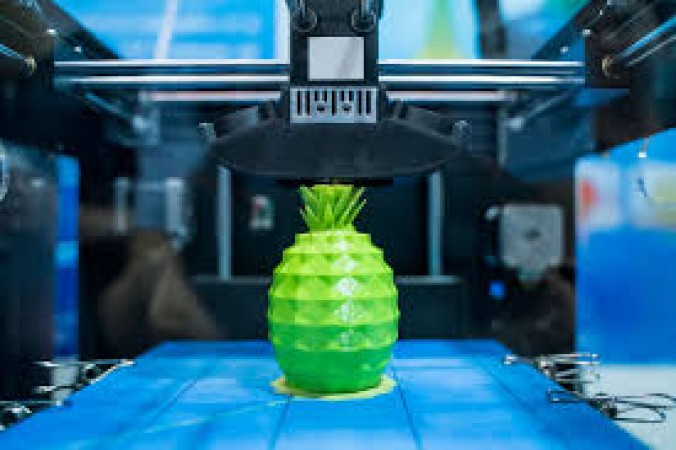
At its core, a 3D printer is a remarkable machine that brings digital designs to life by creating physical objects layer by layer. This process is known as additive manufacturing, and it stands in stark contrast to traditional subtractive methods like carving or machining.
How Does 3D Printing Work? (H3)
Intriguingly, 3D printing starts with a virtual design created using computer-aided design (CAD) software or a 3D scanner. This digital blueprint is then sliced into thin horizontal cross-sections, which serve as instructions for the 3D printer. The printer follows these instructions meticulously, depositing material layer upon layer until the final object is formed.
Materials Used in 3D Printing (H3)
One of the most appealing aspects of 3D printing is its versatility in material choices. From plastics and resins to metals and ceramics, there's a vast array of materials compatible with 3D printers. Each material comes with its own unique properties, allowing for a wide range of applications.
Applications of 3D Printing
1. Rapid Prototyping (H3)
Perhaps one of the most well-known applications of 3D printing is rapid prototyping. Engineers and designers leverage 3D printers to quickly iterate through various design concepts, allowing for faster development cycles and ultimately reducing time to market.
2. Customization and Personalization (H3)
3D printing empowers individuals to create custom and personalized objects tailored to their specific needs. From bespoke jewelry to prosthetic limbs, the ability to customize objects opens up a world of possibilities.
3. Manufacturing and Production (H3)
As 3D printing technology advances, it's increasingly being adopted for manufacturing and production purposes. Companies are exploring how additive manufacturing can streamline production processes, reduce waste, and even create complex geometries that were previously unachievable.
4. Healthcare Innovations (H3)
In the healthcare sector, 3D printing is revolutionizing patient care. Surgeons can now practice complex procedures on 3D-printed models of patient-specific anatomy, leading to better surgical outcomes. Additionally, 3D printing enables the creation of custom implants and prosthetics tailored to individual patients.
5. Educational Tool (H3)
3D printing serves as a valuable educational tool, providing students with hands-on experience in design, engineering, and problem-solving. Educational institutions worldwide are integrating 3D printers into their curricula to prepare students for the challenges of tomorrow.
Challenges and Limitations of 3D Printing
Despite its vast potential, 3D printing is not without its challenges. From material limitations to printing speed and quality issues, there are several hurdles that must be overcome for widespread adoption. Additionally, concerns regarding intellectual property rights and regulatory compliance present significant obstacles in certain industries. In conclusion, 3D printing represents a groundbreaking technology with the power to transform industries and revolutionize the way we create, innovate, and manufacture. While challenges remain, the future of 3D printing is undeniably bright, offering limitless possibilities for those willing to explore its full potential.
The Rejection of Gwadar by PM Nehru: Pragmatism or Missed Opportunity ?
China's AI Influence Tactics in Global Elections: What Microsoft Warns
Do not make this mistake while making roti, it can be detrimental to your health